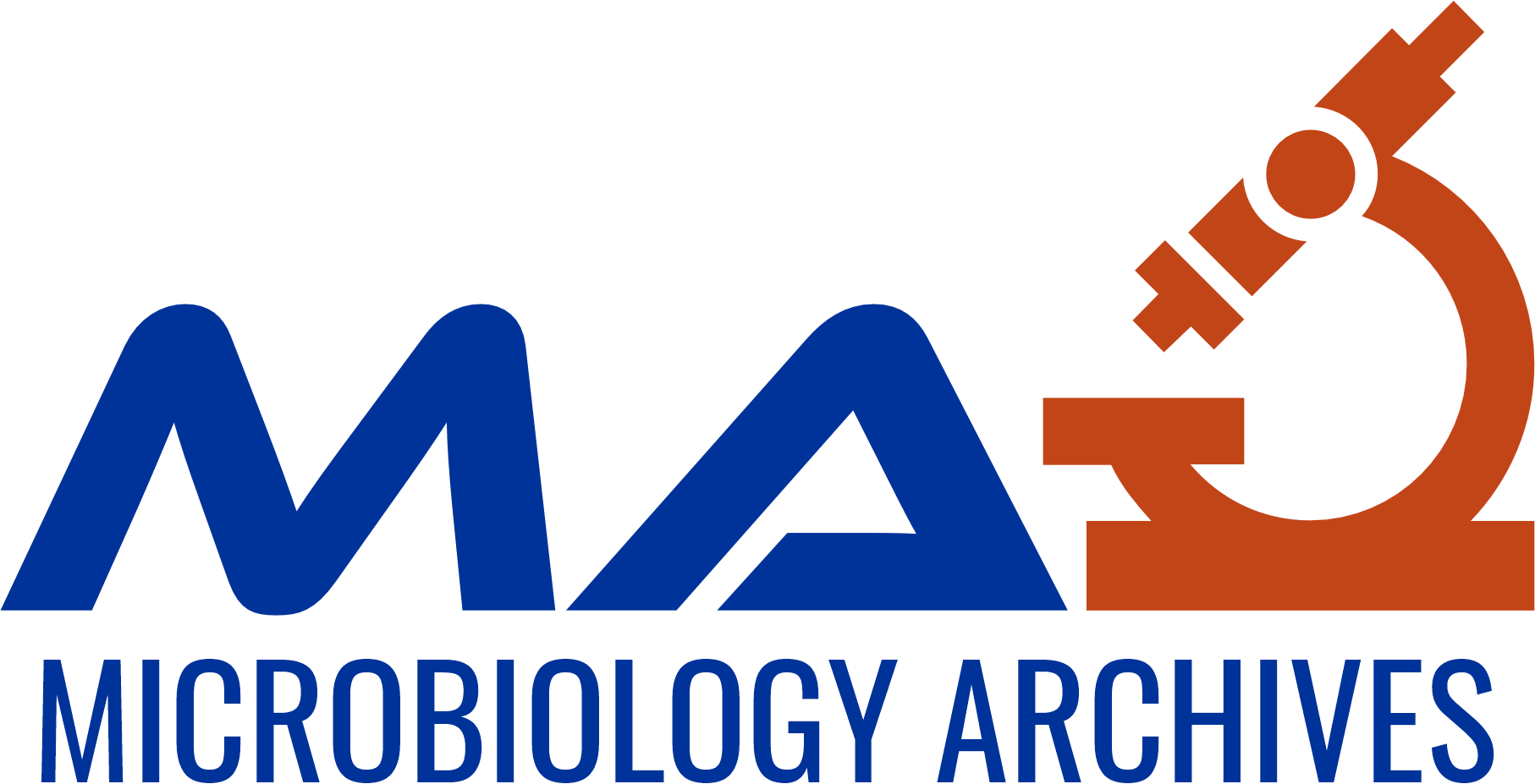Trichoderma spp. hold immense potential for agricultural applications, including mitigating abiotic stresses, enhancing plant physiological responses, improving nutrient uptake, and increasing nitrogen-use efficiency across various crops. Their versatility extends beyond agriculture, as they find utility in industrial processes and serve as a plant protectants and growth enhancers on a global scale. Extensive genomic studies have revealed a plethora of useful genes within Trichoderma spp., coupled with their ability to adapt to diverse environments, like soil, water, dead tissues, and plant interiors. The metabolomics of Trichoderma spp. are notably intricate, particularly concerning secondary metabolite production. This paper discusses the versatile roles of Trichoderma as a Green Catalyst that contributes to sustainable agriculture, including its role in nutrient solubilisation, induction of systemic resistance, and degradation of environmental pollutants. The integration of Trichoderma into eco-friendly agricultural practices can reduce chemical pesticide and fertilizer dependency, aligning with sustainable development goals and promoting soil and environmental health.
